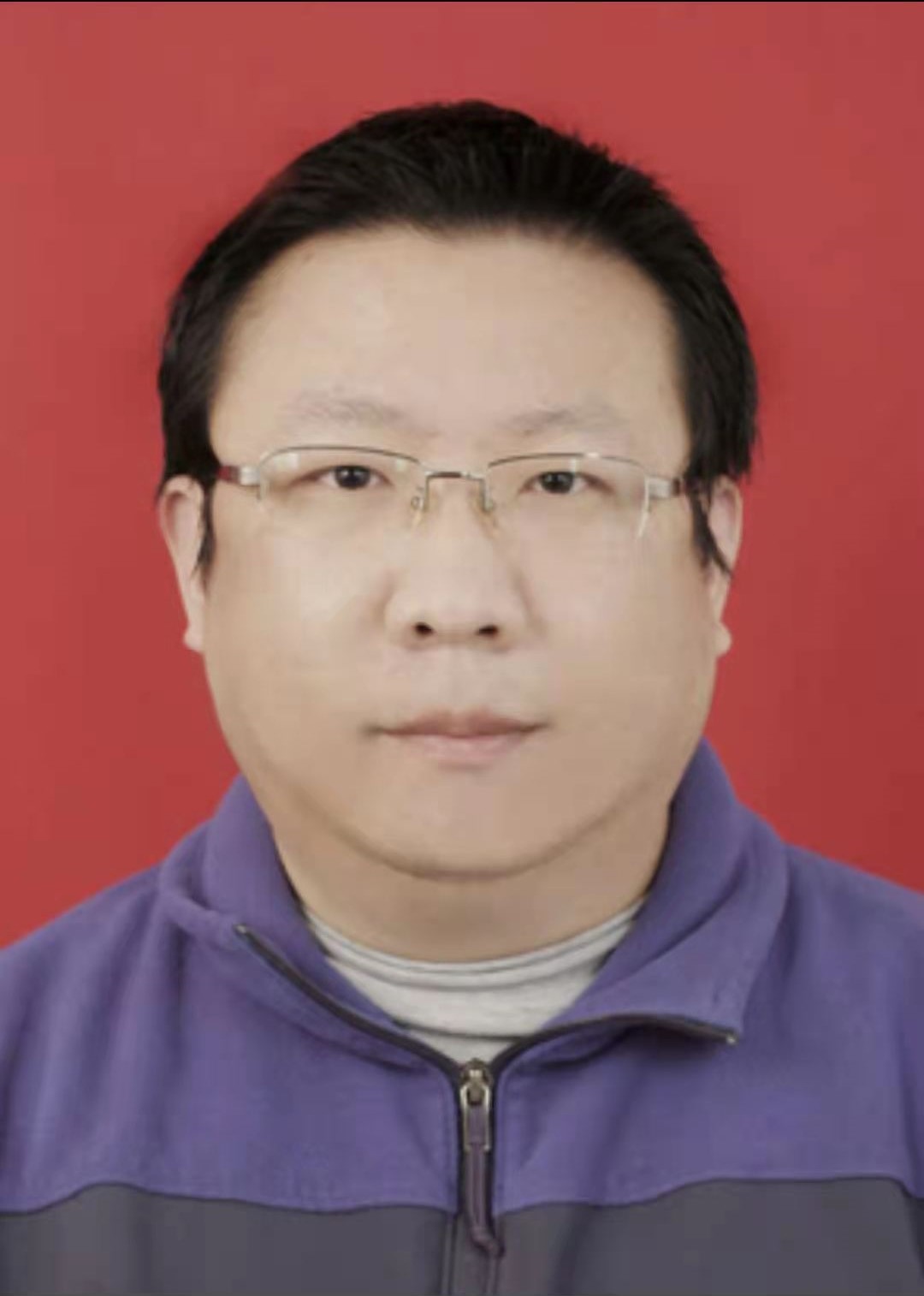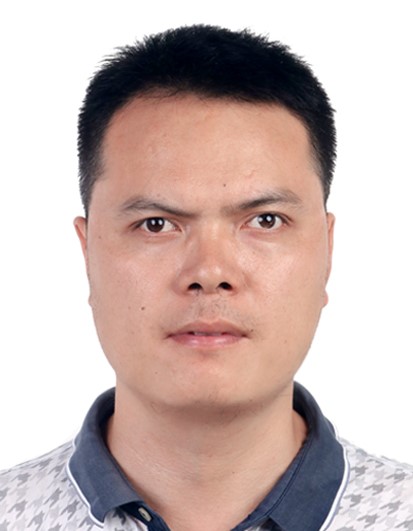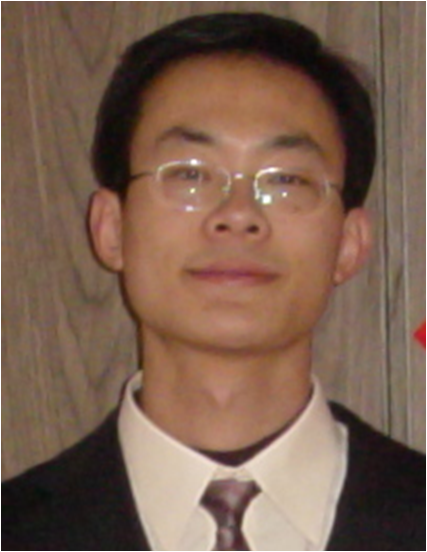
Speakers of EICT 2023
| Prof. Zhaojun LinShandong University, ChinaExperience: Prof. Zhaojun Lin received the Ph.D. degree in Semiconductor Materials from Institute of Semiconductors, Chinese Academy of Sciences, Beijing, China, in 1997. From 1997 to 1999, Dr. Lin has performed his Postdoctoral Research in Institute of Microelectronics, Peking University, China. From 1999 to 2003, he was with McMaster University, Hamilton, ON, Canada, Northwestern University Evanston, IL, USA, and The Ohio State University, Columbus, OH, USA, where he was involved in the researches of III–V semiconductor electronic devices and optoelectronic devices. He is currently a Professor with School of Microelectronics, Shandong University, Jinan, China. He has presided over four National Natural Science Foundation projects and published more than 70 journal papers, in which more than 20 papers were published in Applied Physics letters, Journal of Applied Physics, IEEE Electron Device Letters, IEEE Trans. Electron Devices, and Scientific Reports. His current research interests focus on GaN electronic devices and the related circuit modules. Title: Polarization Coulomb field scattering in AlGaN/GaN HFETs Abstract: Due to inverse piezoelectric effect and device processing, the uneven strain distribution of the barrier layer for AlGaN/GaN heterostructure field-effect transistors (AlGaN/GaN HFETs.) is unavoidable. A new scattering mechanism, the polarization Coulomb field scattering (PCF scattering) which is related to the uneven strain distribution of the barrier layer, is proposed. This talk introduces the theoretical model of the PCF scattering and the relationship between the PCF scattering and the device structures of AlGaN/GaN HFETs. Moreover, some kinds of effects of the PCF scattering on the characteristics of AlGaN/GaN HFETs are also discussed. Such as, the effect of the PCF scattering on device linearity in AlGaN/GaN HFETs is found. The single-tone power of the AlGaN/GaN HFETs with different gate widths and gate lengths was measured. A distinct improvement in device linearity was observed in the sample with a larger gate width and a longer gate length. The analysis of the variation of the parasitic source access resistance showed that, as the gate bias is increased, the PCF scattering can offset the increased polar optical phonon scattering and improve the device linearity. In addition, the effect of PCF scattering on subthreshold swing (SS) of AlGaN/GaN HFETs is also discussed. It is found that the PCF scattering dominates the mobility at both 10 and 20 V drain bias, and the channel carrier mobility is reduced as the gate bias become more negative, which reduces SS. As a result, the stronger PCF scattering will result in the lower SS of AlGaN/GaN HFETs. Finally, the effect of PCF scattering on the electrical characteristics of split gate AlGaN/GaN HFETYs is mentioned. |
Prof. Dawei LiDalian University of Technology, ChinaExperience: Dawei Li received the Ph.D degree in Optical Engineering from School of Physics and Optoelectronic Engineering, Dalian University of Technology, Liaoning, China, in 2013. From 2014 to 2018, he has worked as Postdoctoral Researcher in Department of Electrical and Computer engineering, University of Nebraska-Lincoln, Nebraska, USA. In 2019, he was promoted as the research assistant professor in the Department of Physics and Astronomy at University of Nebraska-Lincoln. In 2021, he joined Dalian University of Technology, where he currently is a professor with School of Optoelectronic Engineering and Instrumentation Science. He has published nearly 60 journal papers. Among them, as the first or corresponding authors, he has published nearly 30 papers in Physical Review Letters, Nature Communications, Advanced Materials, ACS Nano, and Nano Letters, etc. His current research interest focuses on the growth and fabrication of low-dimensional semiconducting/ferroelectric materials and novel optoelectric devices. Title: Recent progress of 2D semiconductor/ferroelectric heterostructures in fields of nanoelectronics and nonlinear optics Abstract: Two-dimensional (2D) transition metal dichalcogenides (TMDCs) and ferroelectrics are two versatile but different material platforms for exploring emergent quantum phenomena and developing novel device applications. Recent studies have shown that coupling 2D semiconducting TMDCs (such as MoS2, ReS2) with ferroelectrics (such as Pb(Zr,Ti)O3, P(VDF-TrFE)) can lead to many interesting physical interfacial phenomena. By utilizing their interfacial synergy, 2D TMDC/ferroelectric heterostructures could be used for developing a wide range of nanoelectronic and nanophotonic devices, including nonvolatile memories, programmable junctions, photodiodes, steep slope transistors, and smart optical filters. In this talk, we will present some of our recent progress in 2D semiconducting TMDC/ferroelectric heterostructures, focusing on their applications in nanoelectronics and nonlinear optics. First, we probe the anisotropic transport properties of atomically thin 1T’-phase ReS2 via ferroelectric field effect combined with ferroelectric domain patterning. By creating ferroelectric domain-controlled nanowires at different orientations, we map out the angular dependence of ReS2 conductivity, which reveals more than one order of magnitude difference between the directions along and perpendicular to the b-axis. Second, we report an easily scalable approach to achieve ferroelectric polymer P(VDF-TrFE) thin films composed of closed-packed crystalline nanowires (P-NWs) via interface-epitaxy with 1T’-ReS2. The experimental studies confirm the out-of-plane polar axis of the P-NW film, coercive voltages as low as 0.1 V, and conductance switching ratio of > 108 in ReS2/P-NW ferroelectric transistor. Third, we report the modulation of the magnitude and polarization of the second-harmonic generation (SHG) nonlinear light in monolayer MoS2/Pb(Zr,Ti)O3 heterostructures via ferroelectric domain patterning. The interfacial coupling MoS2 polar axis with the in-plane polarization of domain walls tailors the SHG light amplitude and polarization, which are modeled via nonlinear electromagnetic theory. Overall, our studies provide a new material platform, 2D TMDC/ferroelectric heterostructure, that enables reconfigurable design of electric and light fields at the nanoscale, paving the path for developing novel nanoelectronics and nanophononics. |
|
| Assoc. Prof. Cheng ZhangAnhui University, ChinaExperience: Zhang Cheng, received his PhD degree in Circuits and Systems from Anhui University in 2012. Now he is an associate professor at School of Integrated Circuits, Anhui University. His current research interest covers signal and information processing, compressive sensing and optical imaging, phase retrieval, holographic imaging and display, deep learning, optical imaging and design. He has presided over two National Natural Science Foundation projects,published 60+ journal papers and has been approved for 10+ inventions. Title: Compressed Sensing and Deep Learning for Optical Imaging Abstract: Compressive sensing (CS) provides an innovative sampling framework based on the rate of information of a signal rather than the bandwidth, which enables efficient data sampling at a rate much below the Shannon Nyquist rate, thereby minimizing redundancy during sampling. The introduction of CS in Optical Imaging possesses several advantages, such as the much smaller need for sensory devices, much less memory storage, higher data transmission rate, many times less power consumption. However, practical limitations with the CS sampling and reconstruction algorithms prevent further proliferation of CS in real world applications. The emerging of deep learning (DL) naturally complements CS and provides a powerful framework to address the most practical limitations to achieve higher-accuracy reconstructions from extremely fewer measurements by adapting the sampling matrix, reconstructing the signal, learning from the compressed samples and etc. |
Prof. Jie SunFuzhou University, ChinaExperience: Jie Sun graduated from Dalian U. Technol. He got his PhD in Institute of Semiconductors, Chinese Academy of Sciences, and in Solid-State Physics, Lund University, respectively. He was a Postdoc, Assistant Professor, and Associate Professor in Quantum Device Physics Lab, Dept. Microtechnology & Nanoscience, Chalmers U. Technol, Sweden from 2009 to 2020. He is now a state-level talent and a Full Professor both in Laboratory of Flat Panel Display Technology, Fuzhou University, and in Mindu Innovation Laboratory. His has published more than 140 papers and been granted 12 patents. His main research interests include 1) Processing of GaN micro-LEDs and nano-LEDs for highly integrated semiconductor information display (HISID) applications; 2) MOCVD growth of 2D semiconductors and related materials for the integration with III-V electron devices; 3) Other electronic materials and devices related to III-V and 2D materials. Title: Micro-LED based display research in China’s Mindu Innovation Laboratory and Fuzhou University Abstract: Micro-LEDs are the key technology of the next-generation displays which can lead to another wave of technological revolution. This talk summarizes the recent advances of micro-LED related research in China’s newly established innovation laboratory --- Mindu Laboratory, which is built upon Fuzhou University and Chinese Academy of Sciences, and might lead China’s micro-LED related research according to a recent state-level strategy. Several topics are covered, including 1. Super high resolution micro-LED displays designed and fabricated in collaboration with major semiconductor companies; 2. Application of 2D materials in LEDs; 3. Mass transfer of micro-LEDs; 4. Other aspects of micro-LEDs such as HISID. We will demonstrate that we conduct the research not only in pursuit of academic advancement, but also technological innovation and industrialization. |
|



